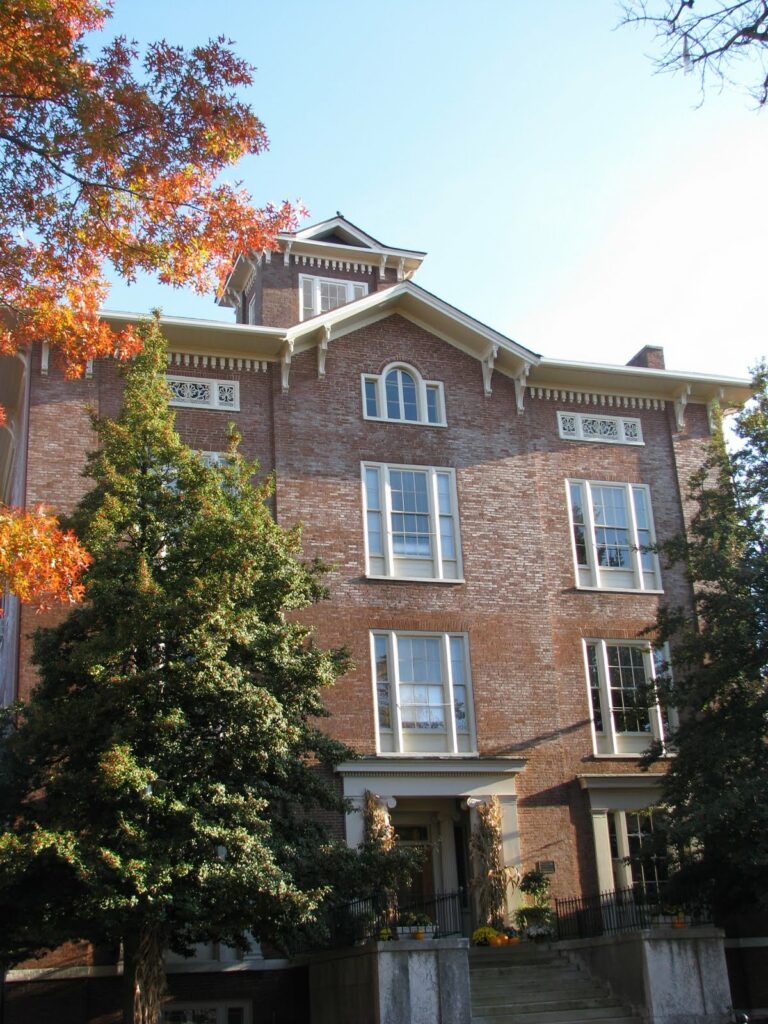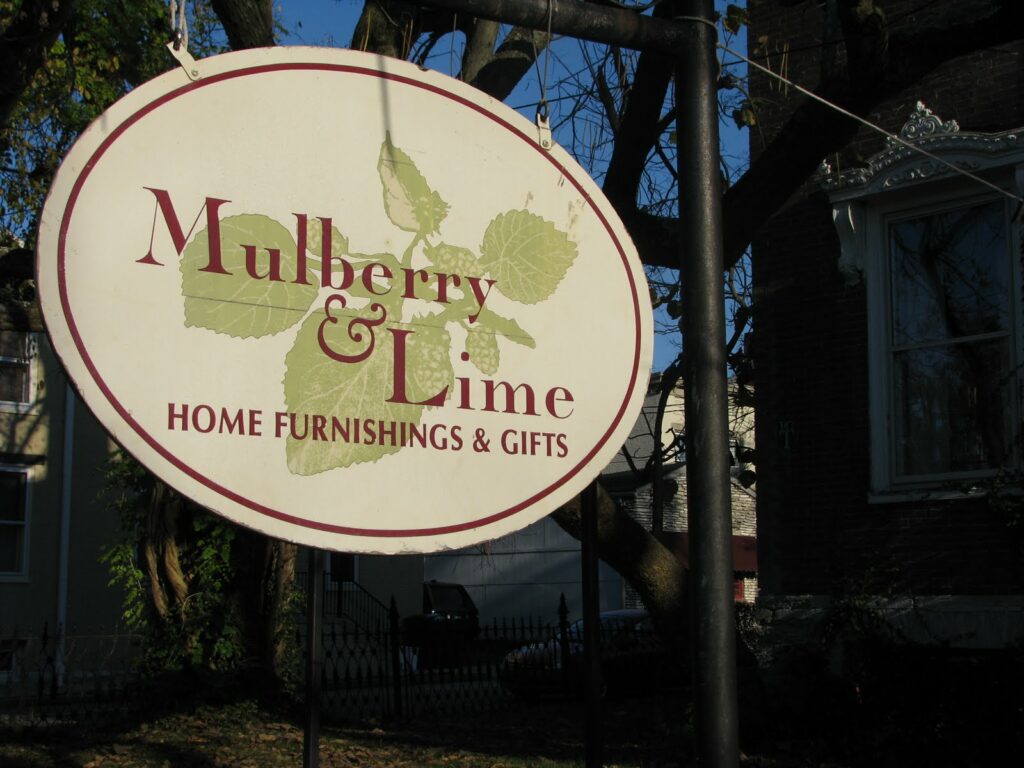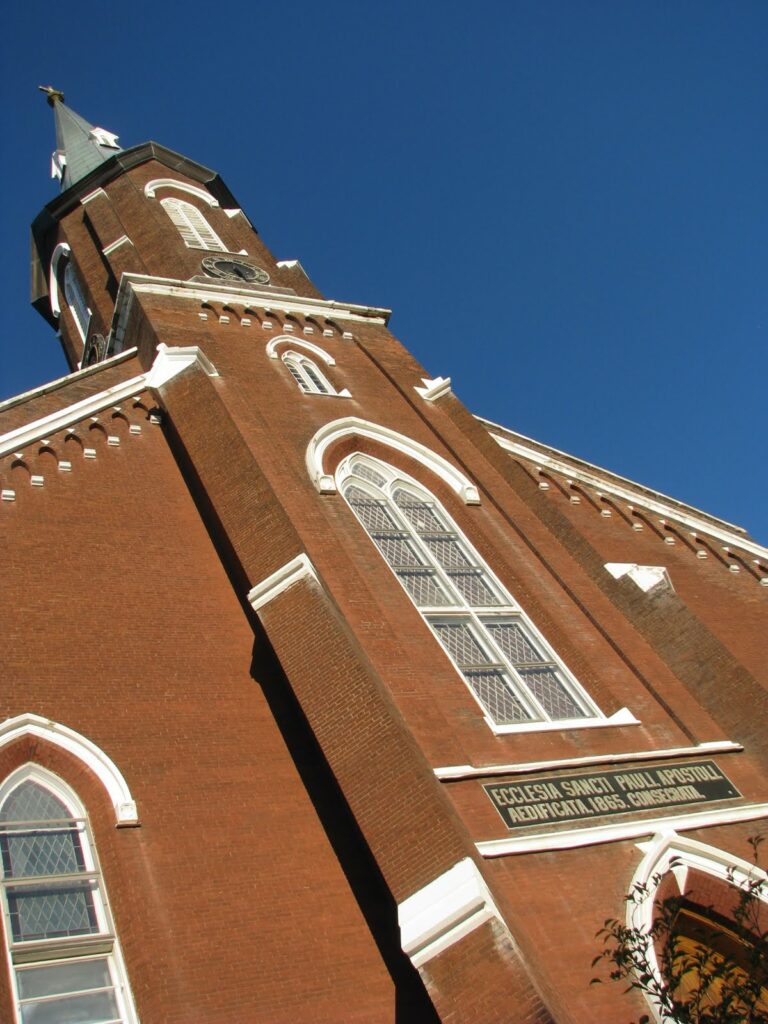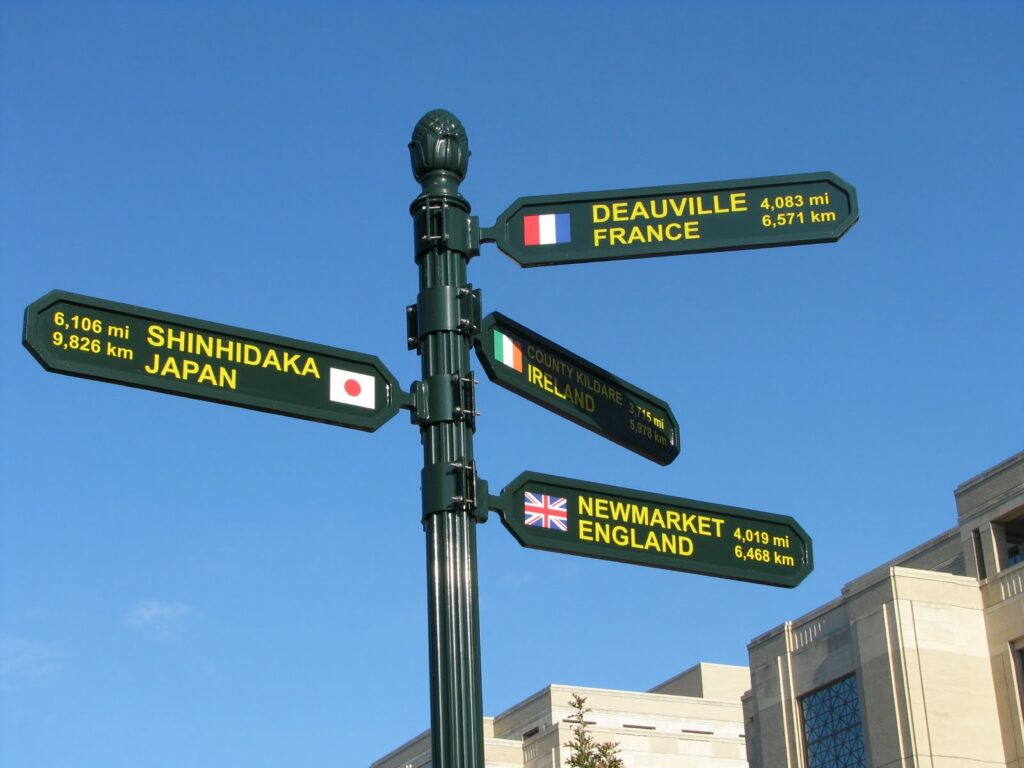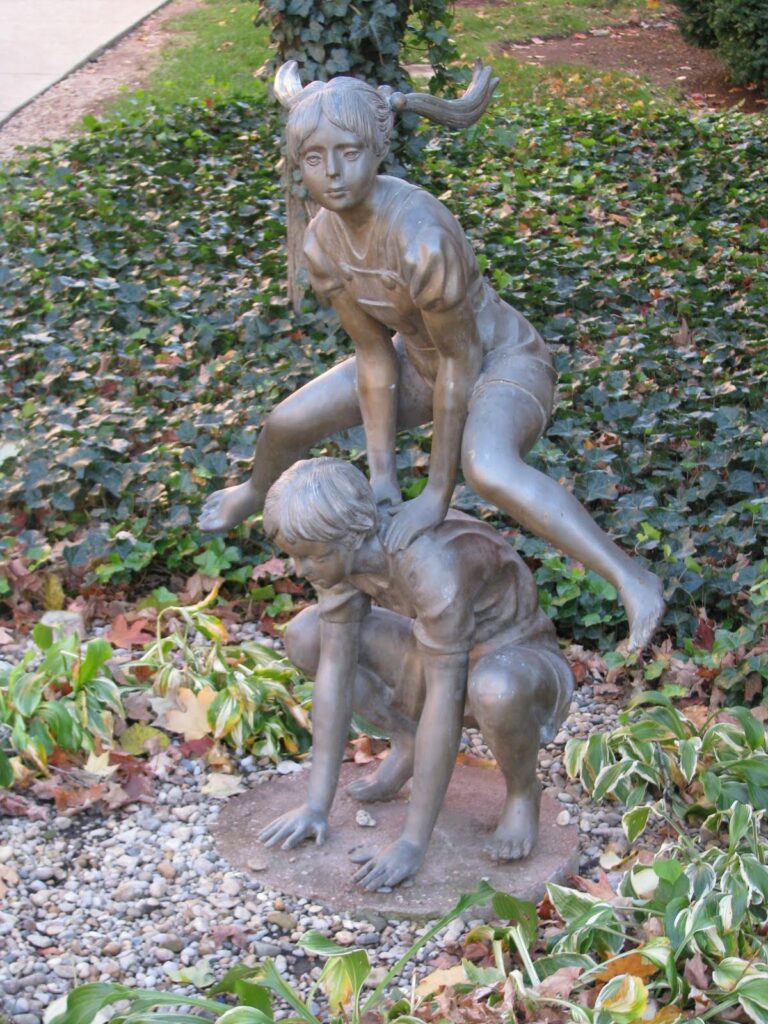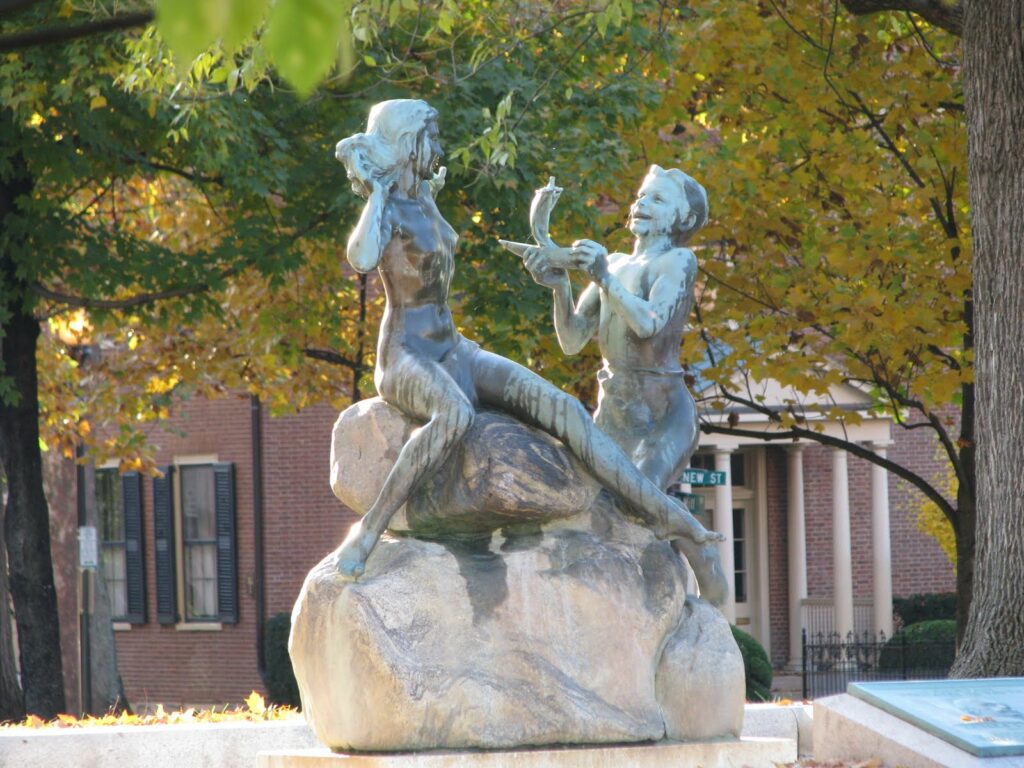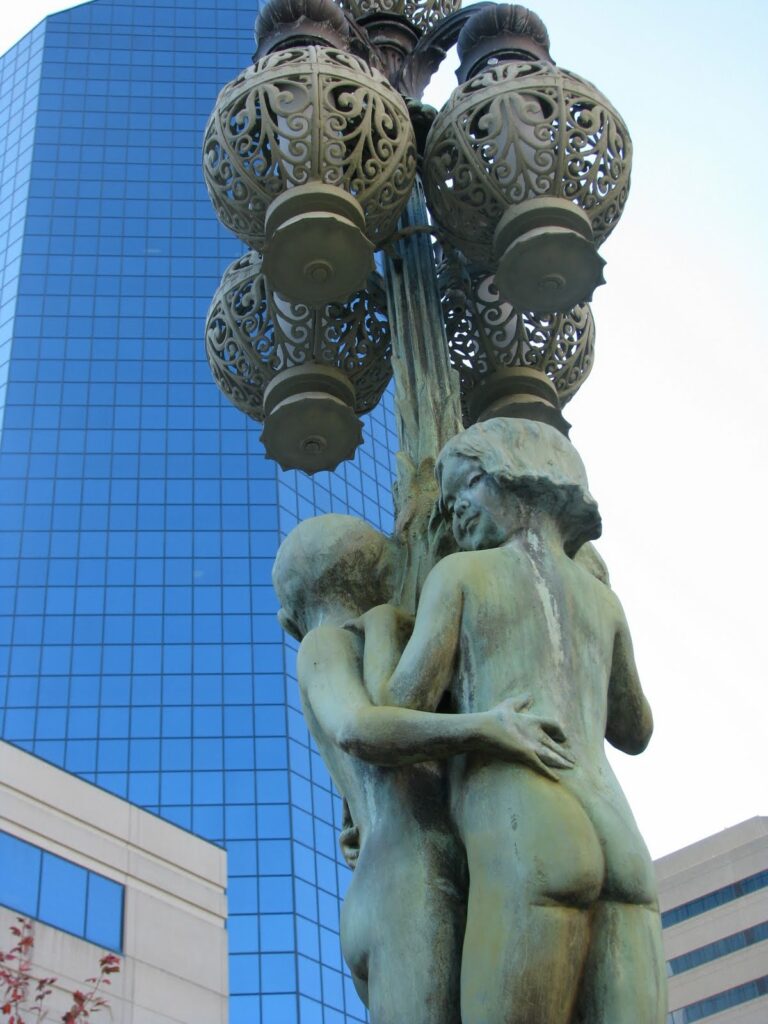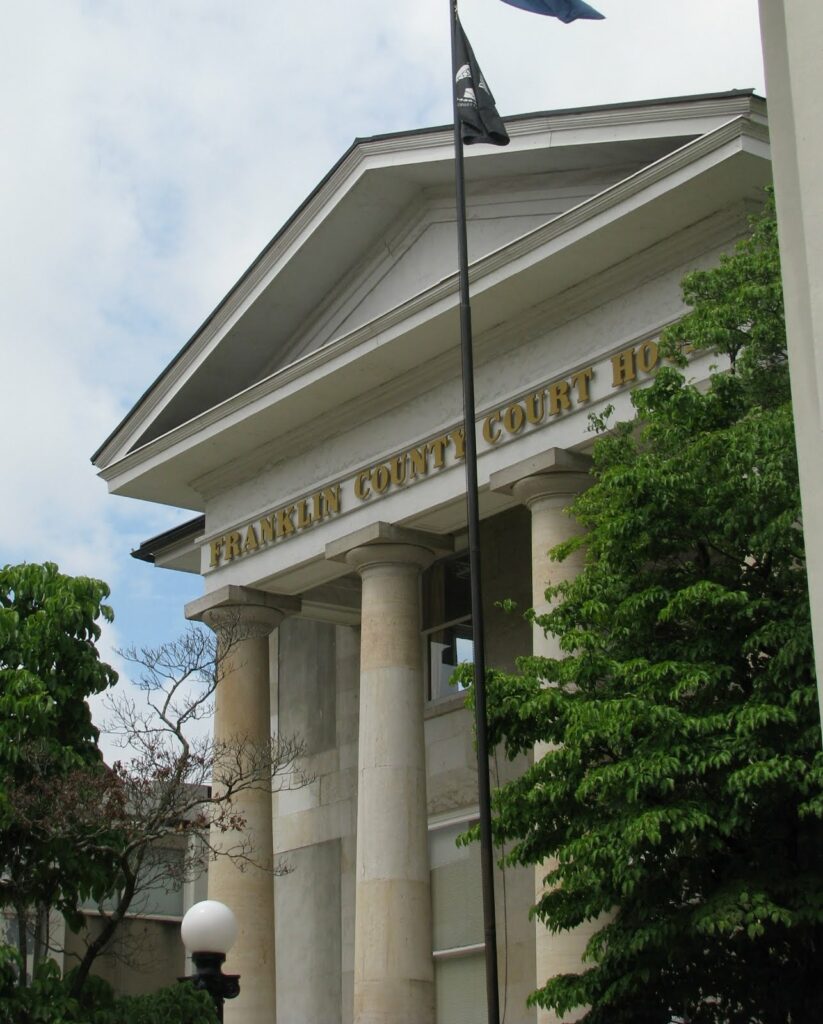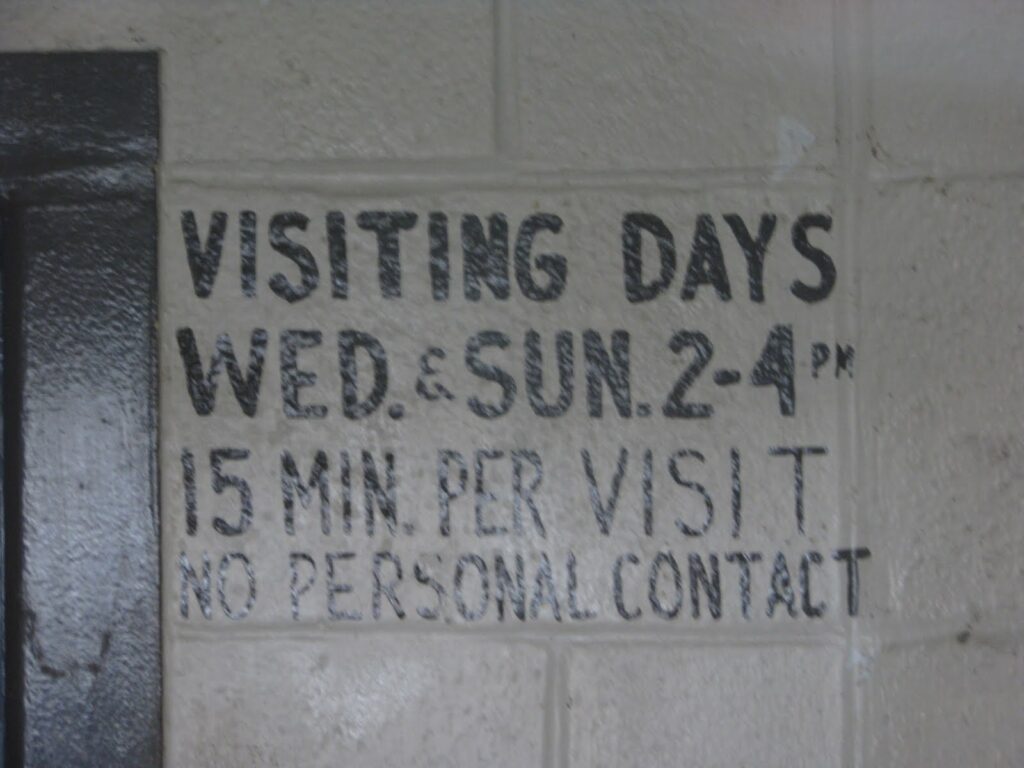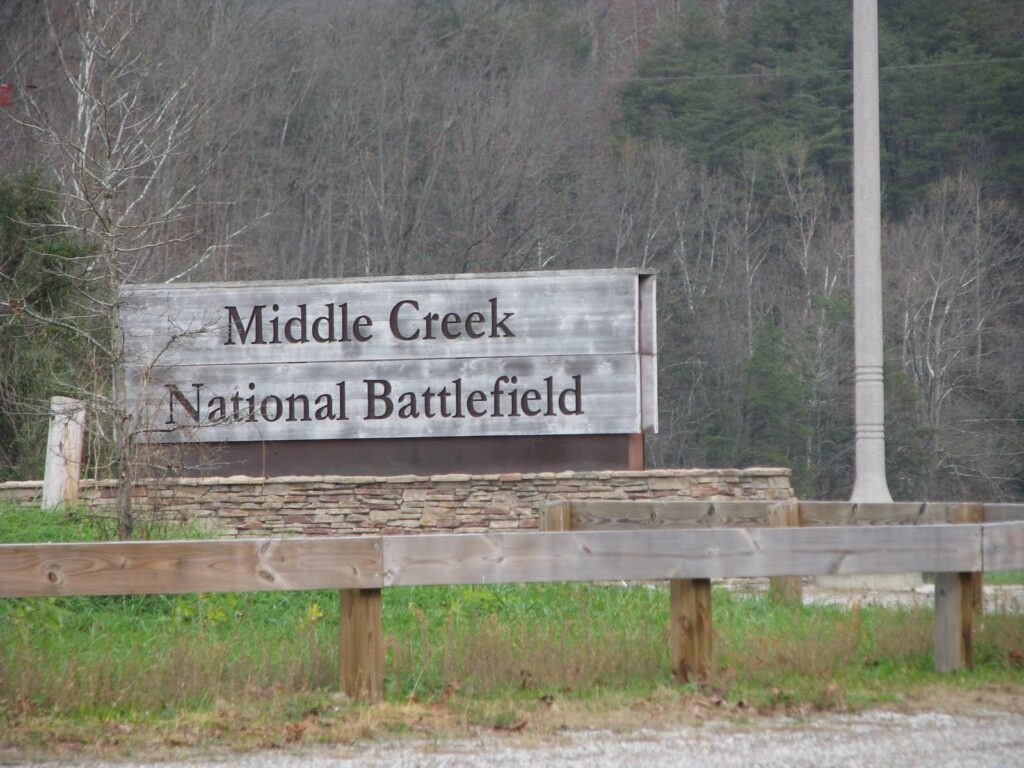 I traveled down the Mountain Parkway to a court hearing in Pikeville. The trip took me through Pike, Floyd, Magoffin, Wolfe and Morgan counties – counties unvisited on No Destination. Still, I had to get where I was going and had work to deal with when I returned to Lexington, so a leisurely drive was not possible.
I traveled down the Mountain Parkway to a court hearing in Pikeville. The trip took me through Pike, Floyd, Magoffin, Wolfe and Morgan counties – counties unvisited on No Destination. Still, I had to get where I was going and had work to deal with when I returned to Lexington, so a leisurely drive was not possible.
Notwithstanding, I did pull off the road in Floyd County when I spotted a Civil War battlefield. Dressed in a suit, I couldn’t venture down either the Union or the Confederate Trail, but the small Middle Creek National Battlefield was a worthy visit. Admittedly, I had never before heard of the Battle of Middle Creek, but according to the signage (and a little Googling) it was relatively significant.
President Lincoln believed that keeping Kentucky in Union hands was an important task and the outnumbered Union troops pushed the Rebels back into Virginia during the January 1862 battle. The Union troops were led by Col. James A. Garfield. Garfield, who later became our twentieth President, was promoted to brigadier general as a result of the victory at Middle Fork.
Encompassing 450 acres, the Battlefield officially opened in 2004. The land was donated by the family on whose land the battle was fought (they have owned the land since 1798). Though only signage and trails now exist, plans are in the work for additional facilities. A great step for historic (and battlefield) preservation!

